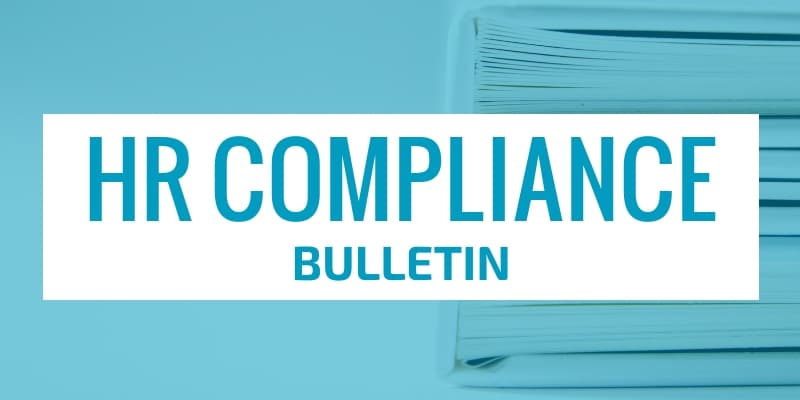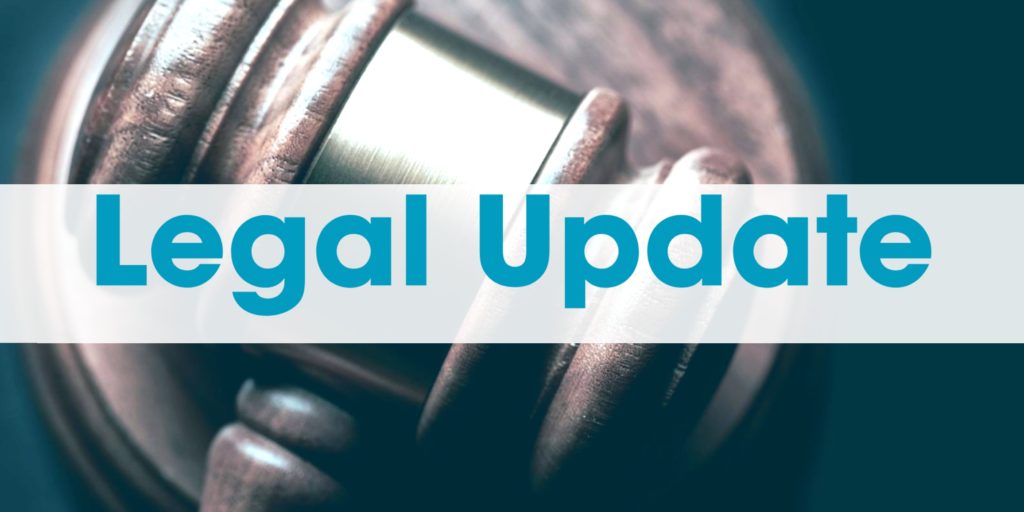06 Nov 5 Ways to Manage Poor Workplace Performance Among Remote Workers
 A successful business is all about accountability. Each worker’s individual contributions build on one another and culminate into something greater, to the benefit of the company and its customers.
A successful business is all about accountability. Each worker’s individual contributions build on one another and culminate into something greater, to the benefit of the company and its customers.
Conversely, when some individuals struggle with their performance, the entire organization can suffer.
Unfortunately, addressing poor performance isn’t always easy. This is especially true amid the COVID- 19 pandemic, as remote working often makes accountability more complicated. This article offers five tips to help employers manage poor performance in the workplace, even while everyone is working from home. 29 Oct Work Opportunity Tax Credit Available Through Dec. 31, 2020
 The Work Opportunity Tax Credit (WOTC) is a federal tax credit available to employers that hire individuals from certain “targeted groups” that have consistently faced significant barriers to employment.
The Work Opportunity Tax Credit (WOTC) is a federal tax credit available to employers that hire individuals from certain “targeted groups” that have consistently faced significant barriers to employment.
An employer may claim the WOTC for wages paid to these individuals during their first year of employment, as long as they are hired before Dec. 31, 2020, and work at least 120 hours for the employer during that first year. The credit is calculated as:
- 25% of the wages paid to an employee who worked between 120 and 400 hours; or
- 40% for an employee who worked more than 400 hours.


 Under a new law enacted on Sept. 30, 2020, certain California employers must file an annual workforce pay data report with the state by March 31 every year.
Under a new law enacted on Sept. 30, 2020, certain California employers must file an annual workforce pay data report with the state by March 31 every year.